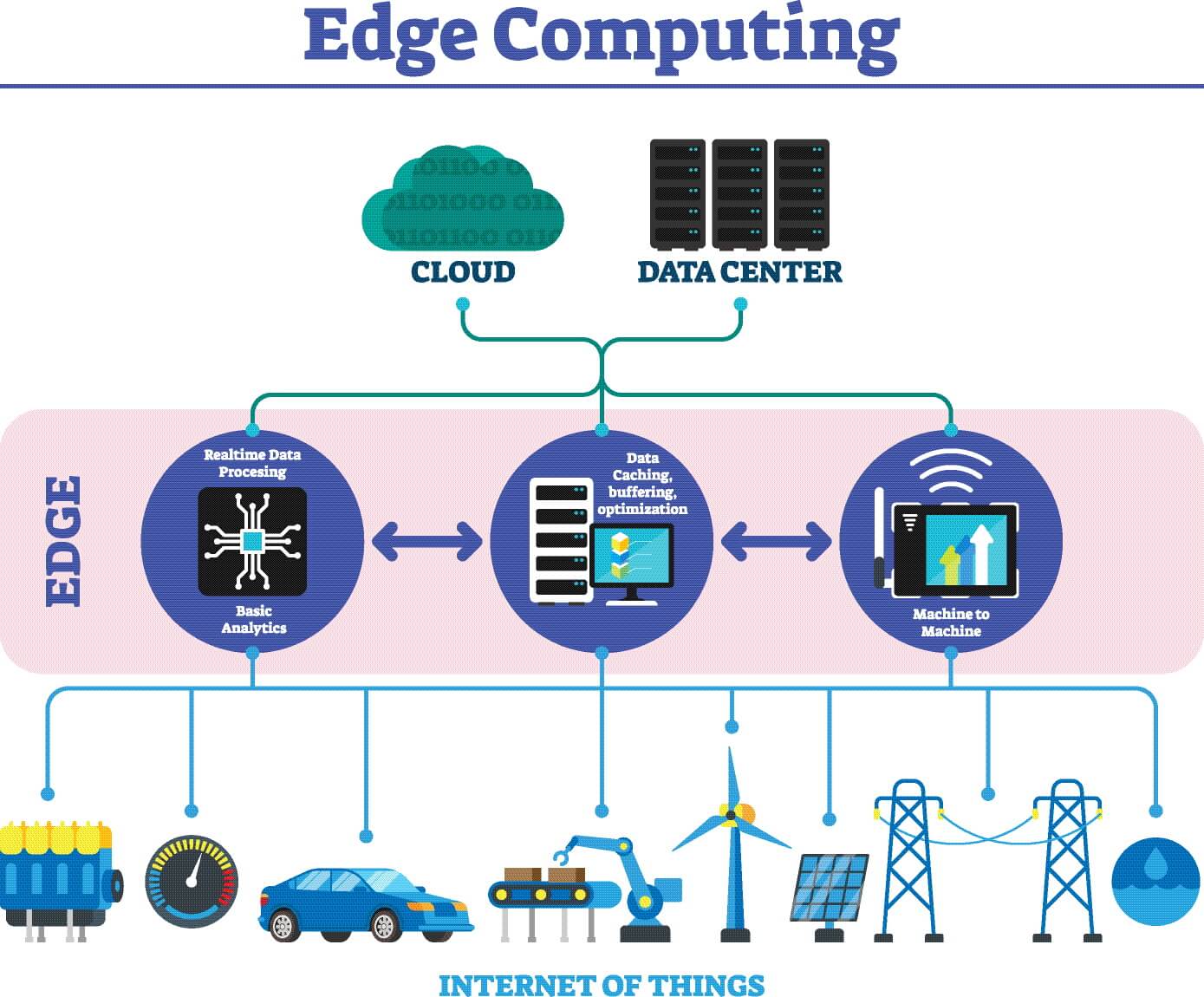OT and IT convergence addresses one of many challenges of manufacturers engineers for connecting shop floor operational technology (OT) with information technology (IT) infrastructure. At one time, complete separation existed between operational and information technologies (OT and IT) but that is changing with IoT. Producers are now understanding this as a continuum needing some common development to deliver competitive advantage.
OT addresses a range of activities associated with the control of manufacturing automation from machine building to plant visualisation, networking, robotics and data processing. However, as OT develops, it encounters issues with handling larger volumes of shop-floor data from equipment like sensors and PLCs.
This drives demand for communications networks with more speed and bandwidth, which implies Ethernet. However, standard Ethernet-the backbone of IT systems-provides simple and open connectivity, but it is not deterministic. Because some machines or operations need deterministic communications, several automation hardware makers developed their own Industrial Ethernet solutions. Most of these solutions used innovative protocols to provide determinism and real-time control but are incompatible with each other. Moreover, they would also not coexist on IT Ethernet infrastructures making convergence a challenge. This makes it challenging for producers, for whom connectivity is critical.
Fundamentally, OT and IT are different worlds and likely to remain so, but for producers, they coexist within the same environment: convergence at some levels is inevitable. Both are important tools for producers, and common productivity and profitability demands are driving new business models making OT and IT convergence inevitable.
OT and IT convergence
There are also benefits in the convergence of OT and IT combining top down information technology with alignment and integration of shop-floor data. OT systems can gather a wealth of information in the form of data for delivery to the IT systems for analysis and process optimisation. Increased understanding of what is happening and where reduces operating costs and allows responsive and accurate real-time decisions. Moreover, it makes way for the growing use of AI tools.
The growth in connectivity brings increased security risks a task best solved by cooperation. OT/IT integration is not without challenges and the growth of OT based edge computing provides a gateway. Importantly, the technology is advancing, and the adoption of TSN over Ethernet may provide common tools that encourage harmonisation.
Edge Computing
The first step in optimising OT/IT connectivity is improving the processing of data from shop floor equipment, like sensors and PLCs. The new edge computing solutions like the MELIPC series from Mitsubishi Electric show both capabilities. They offer Edge computing functionality combined with OPC UA compatibility. Local OT data can be pre-processed and aggregated to create valuable information to connect the shop floor with higher level IT systems such as MES and ERP platforms.
Processing data at the physical edge of operations can also improve data security and process integrity. In sensitive applications, the MELIPC can store and analyse information on a local OT level rather than remote cloud server. This also provides much faster real-time-diagnosis while reducing IT infrastructure cost and requirements.
Machine builders can adapt this capability to offer valuable services that to suit many different IT environments. MELIP edge computers are already working with Oracle, SAP, IBM and Microsoft Azure. It supports competitive advantage by predicting maintenance requirements and identifying anomalies to improve productivity and the efficiency of existing equipment.
Another application utilising the advantages of OT/IT connectivity is a new web-based ‘software as a service’ (SaaS) predictive maintenance tool. Under development in conjunction with e-F@ctory Alliance partner, it is scheduled for launch later in 2020.
The improved control and visualisation of manufacturing processes is another example where OT/IT crossover is in demand. Mitsubishi’s MAPS SCADA achieves this by collecting and aggregating production data for both shop floor use and IT management systems.


